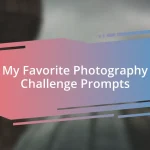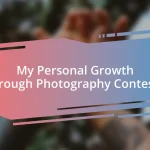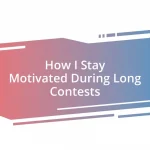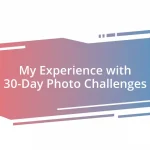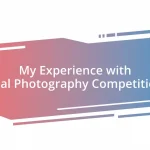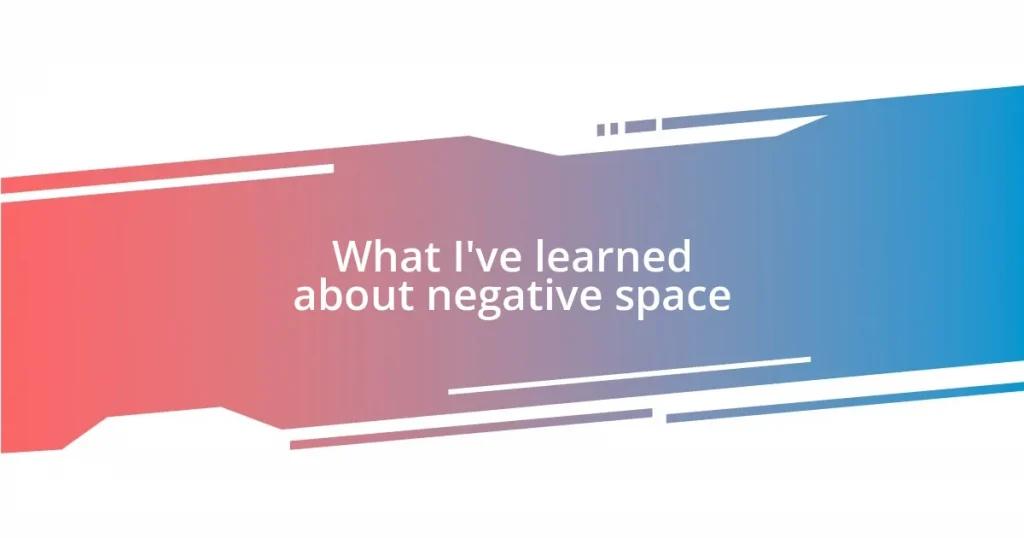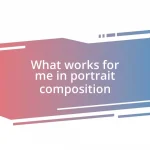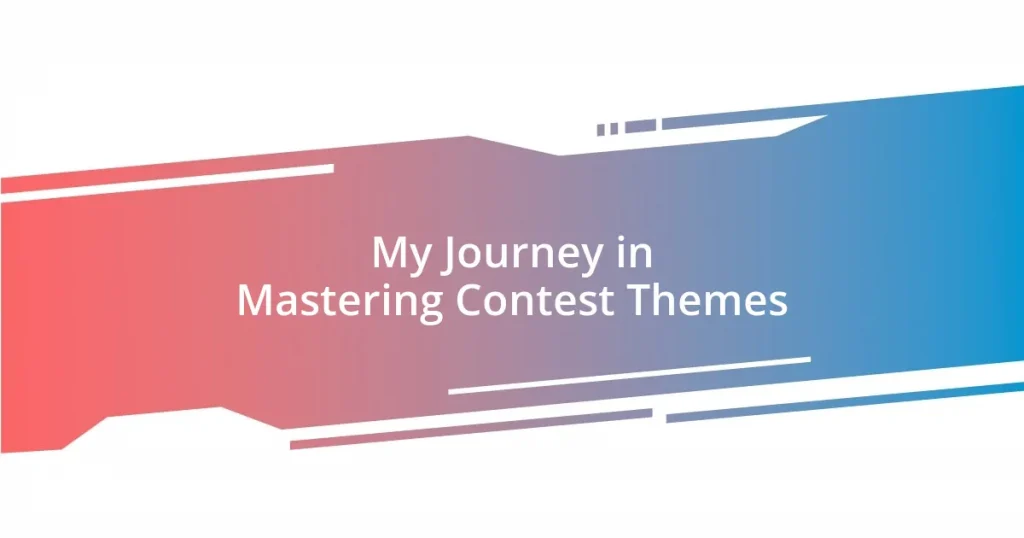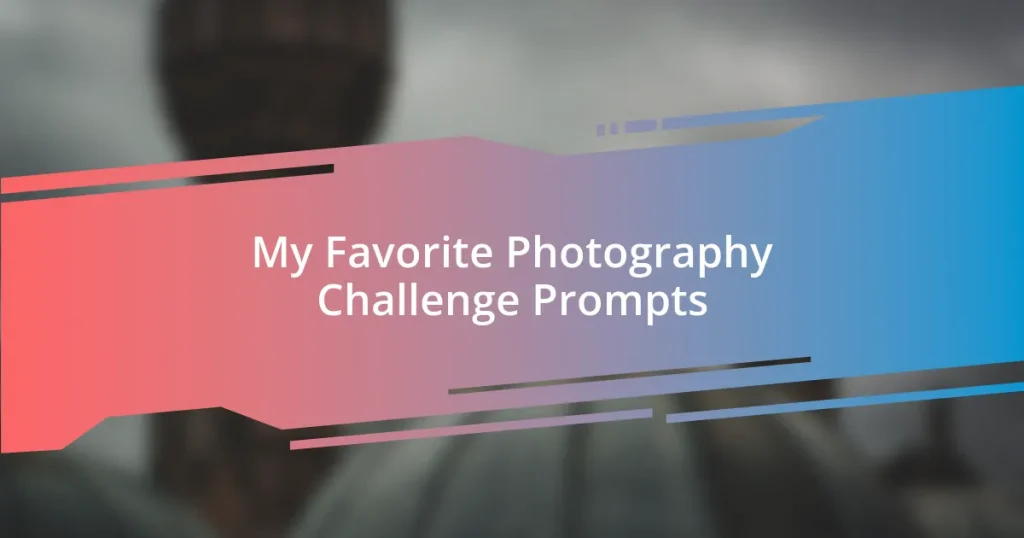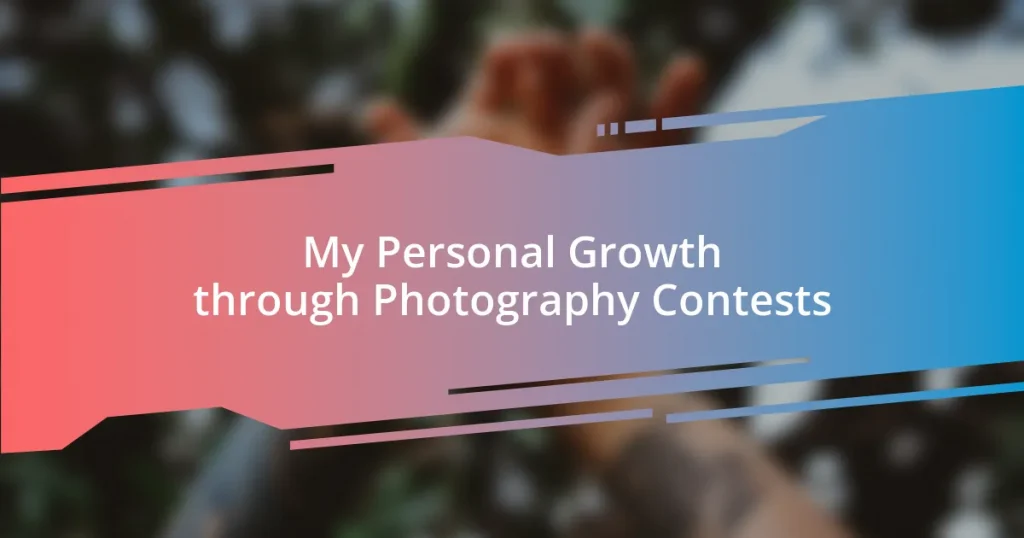Key takeaways:
- Negative space enhances visual impact by directing viewer attention, creating balance and harmony.
- Techniques to identify negative space include squinting, using a monochromatic palette, and experimenting with cropping or framing.
- Incorporating negative space in composition creates focal points and amplifies the main message through simplicity.
- Negative space in photography evokes emotions and enhances narrative by highlighting subjects and manipulating lighting.
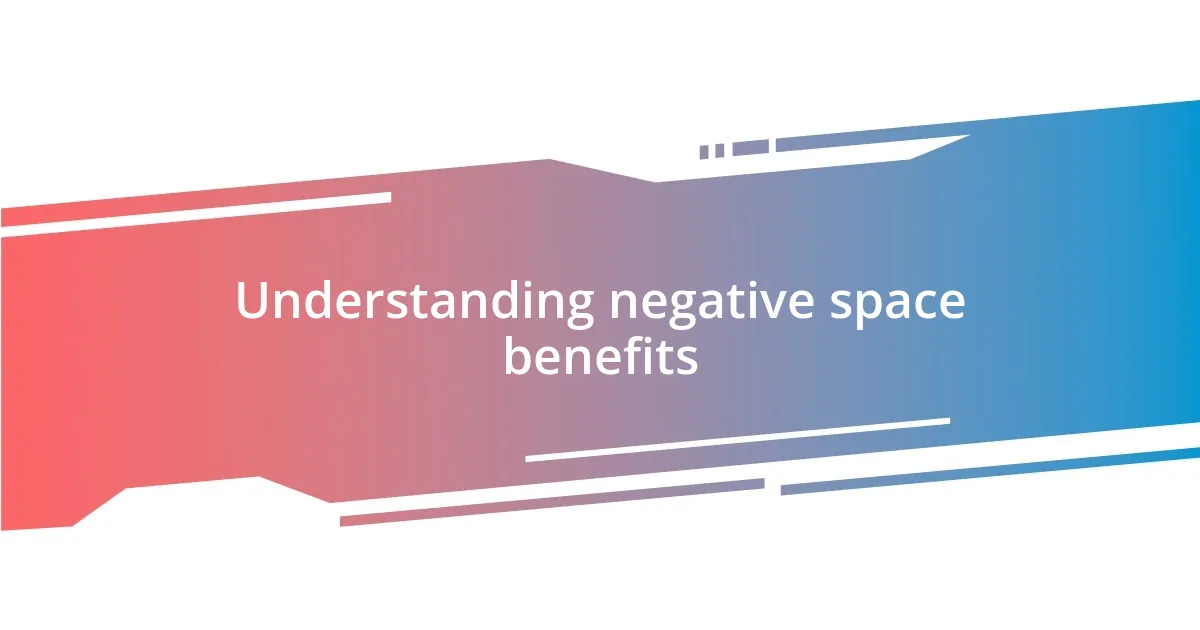
Understanding negative space benefits
Negative space, often overlooked, carries immense benefits in design. I’ve found that it helps to direct the viewer’s attention where it needs to go. Think about a piece of art; have you ever noticed how the space around a subject can enhance its impact? That’s the magic of negative space, creating balance and harmony.
When I first experimented with negative space in my designs, the difference was astonishing. A clean layout instantly felt more inviting and allowed the subject to breathe. It’s as if the artwork came alive in its own environment, almost begging the viewer to lean in closer. Have you ever felt that urge to explore something because it seems less cluttered? That’s the power of strategic spacing.
Furthermore, leveraging negative space can lead to profound clarity in communication. I remember a project where I had to simplify a complex message. By using ample negative space, I spotlighted the key idea, allowing the audience to absorb the information without distraction. Isn’t it fascinating how sometimes less truly is more? It’s a lesson I cherish and continue to apply in my work.
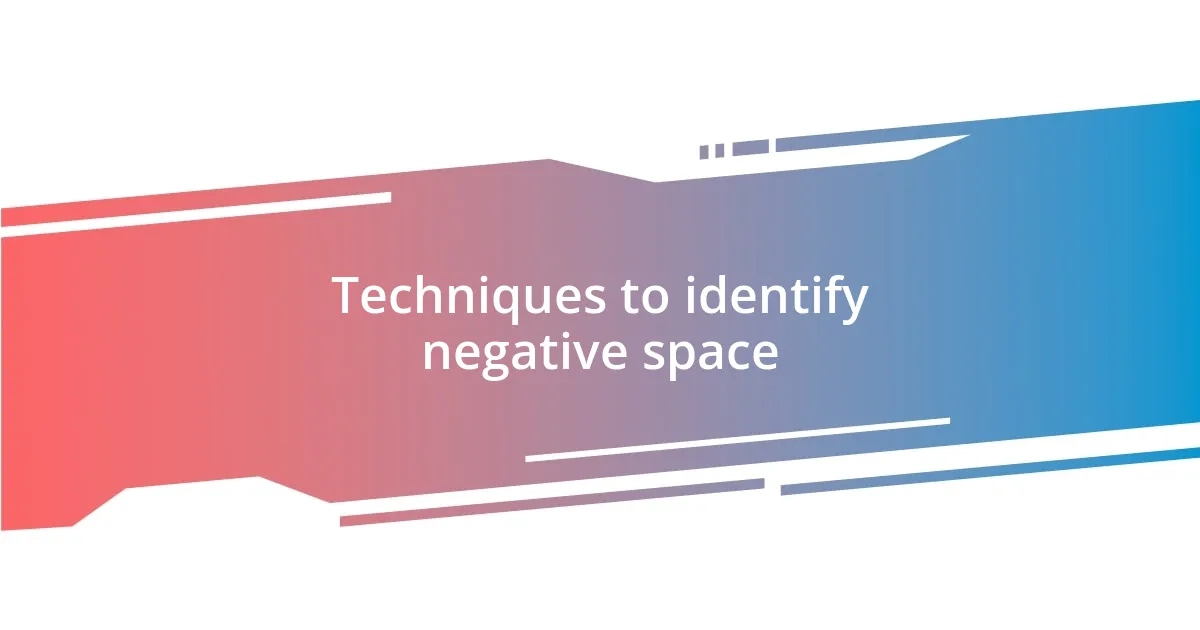
Techniques to identify negative space
When identifying negative space, one effective technique is to squint at your design. By doing this, the details blur and the shapes within the negative space become clearer. I often use this method when I feel overwhelmed by details; it’s like a reset button for my eyes, allowing me to focus on how the forms interact rather than getting lost in them.
Another approach is to use a monochromatic color palette. This technique diminishes the distractions of color and emphasizes the shapes and spacing. I recall a time when I designed a flyer with a limited color scheme. Stripping back the hues made the negative space pop and created a sophisticated feel. Have you ever found that simplifying your elements can reveal hidden beauty in your work?
Lastly, consider utilizing cropping or framing techniques. Playing around with the boundaries of your canvas can dramatically alter the perception of negative space. On one occasion, I cropped a photograph tightly, and it transformed the entire vibe of the image. The empty space around the subject made it feel more intimate and engaging. It’s amazing how adjusting what you include—or exclude—can resonate powerfully with the audience.
| Technique | Description |
|---|---|
| Squinting | Reduces detail, highlights shapes within negative space. |
| Monochromatic Palette | Focuses on forms and spacing by minimizing color distractions. |
| Cropping/Framing | Modifies boundaries to alter negative space perception significantly. |
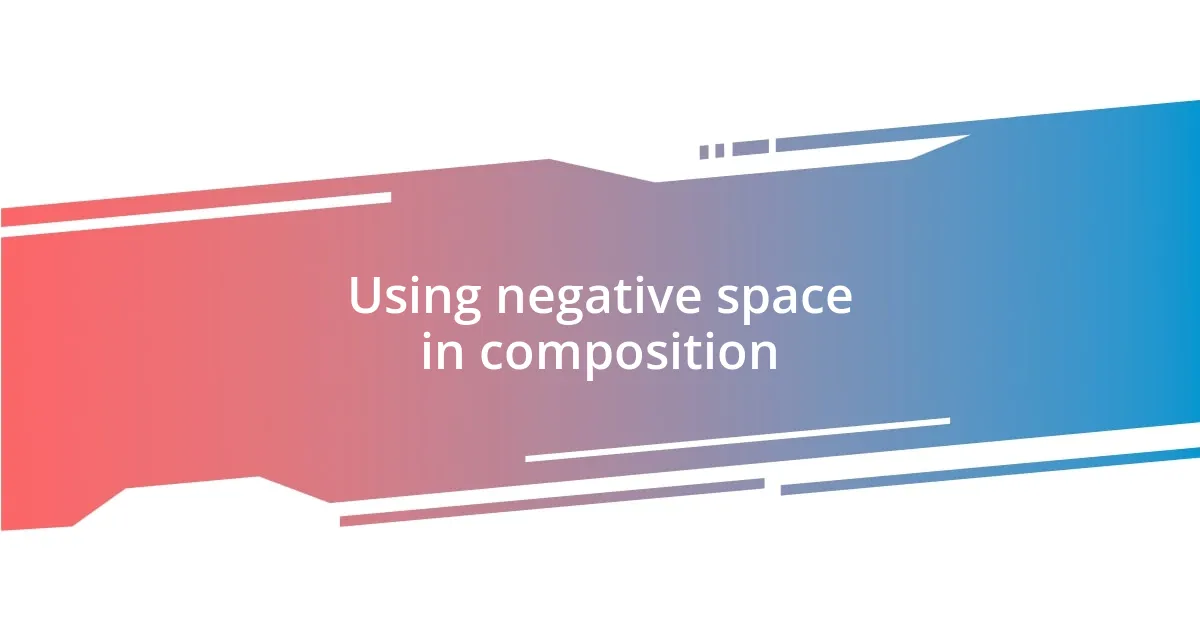
Using negative space in composition
Using negative space in composition can truly transform how a viewer interacts with a piece of art. I’ve often noticed that the strategic use of emptiness brings forth a feeling of tranquility, allowing each element to stand out. For instance, when I designed a minimalist poster for a music event, I intentionally left a significant amount of white space around the text. The result was a stunning simplicity that not only made the details pop but also invoked a sense of anticipation, inviting viewers to explore the information without feeling overwhelmed.
Here are some tips I’ve found helpful in using negative space effectively:
- Create a focal point: Ensure your subject stands out by surrounding it with adequate space.
- Limit elements: Less is often more; reducing clutter can amplify the main message.
- Use alignment: Thoughtful placement of objects in relation to each other emphasizes negative space uniquely.
- Experiment with shape: Play around with the forms in your composition; sometimes a simple shift can yield remarkable results.
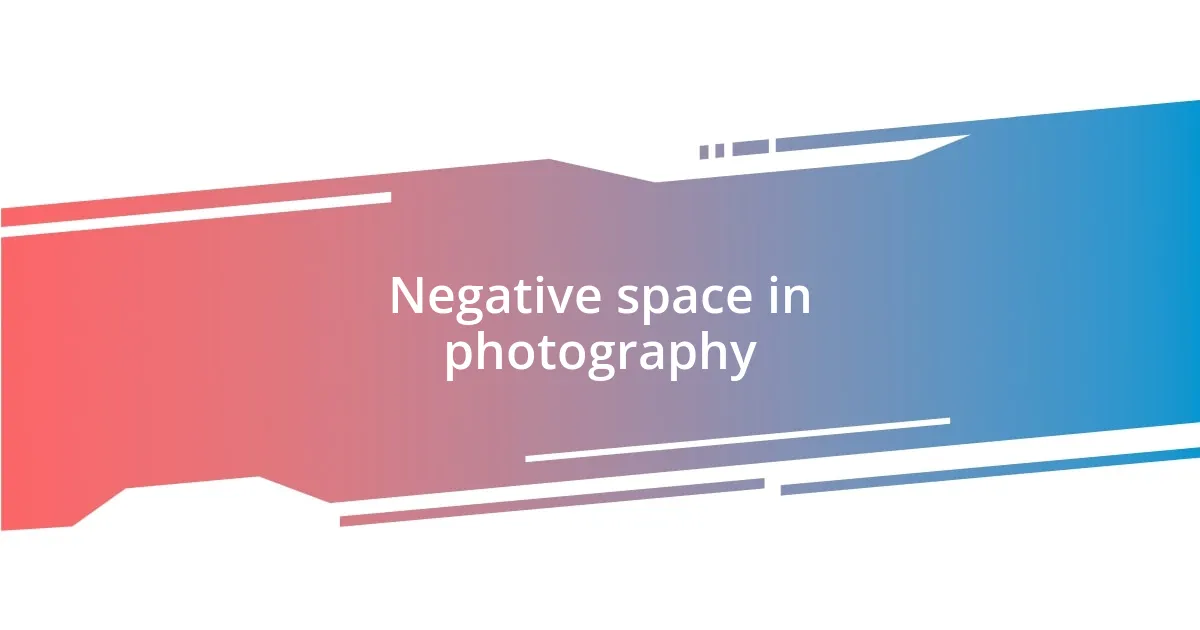
Negative space in photography
Negative space in photography is a powerful tool that can dramatically alter a viewer’s perception of an image. I remember capturing a landscape shot where an enormous sky surrounded a tiny mountain on the horizon. The vastness of the untouched blue created a sense of openness and freedom that truly resonated with me. Have you ever noticed how that empty space can evoke emotions like calmness or nostalgia? It’s fascinating how simplicity can speak volumes.
When I started experimenting with negative space in my own photography, I often found myself drawn to portraits. Leaving ample space around the subject not only highlighted their features but also created a narrative that invited the viewer to ponder what lies beyond the frame. One time, I photographed a dancer against a plain backdrop, ensuring there was plenty of empty space on one side. The result was an image that felt both dynamic and introspective, making the viewer curious about the dancer’s movement. How can a little emptiness breathe life into a moment?
Lighting also plays a crucial role in emphasizing negative space. I once shot a scene at dusk, where the fading light cast long shadows and created a striking contrast between the subject and the background. The surrounding darkness effectively turned the empty areas into a canvas, enhancing the spotlight on my subject. The interplay of light and space made the entire composition feel more dramatic, ultimately pulling the viewer’s focus where I intended it to go. Have you tried manipulating light to elevate the impact of your negative space? It’s a game changer!
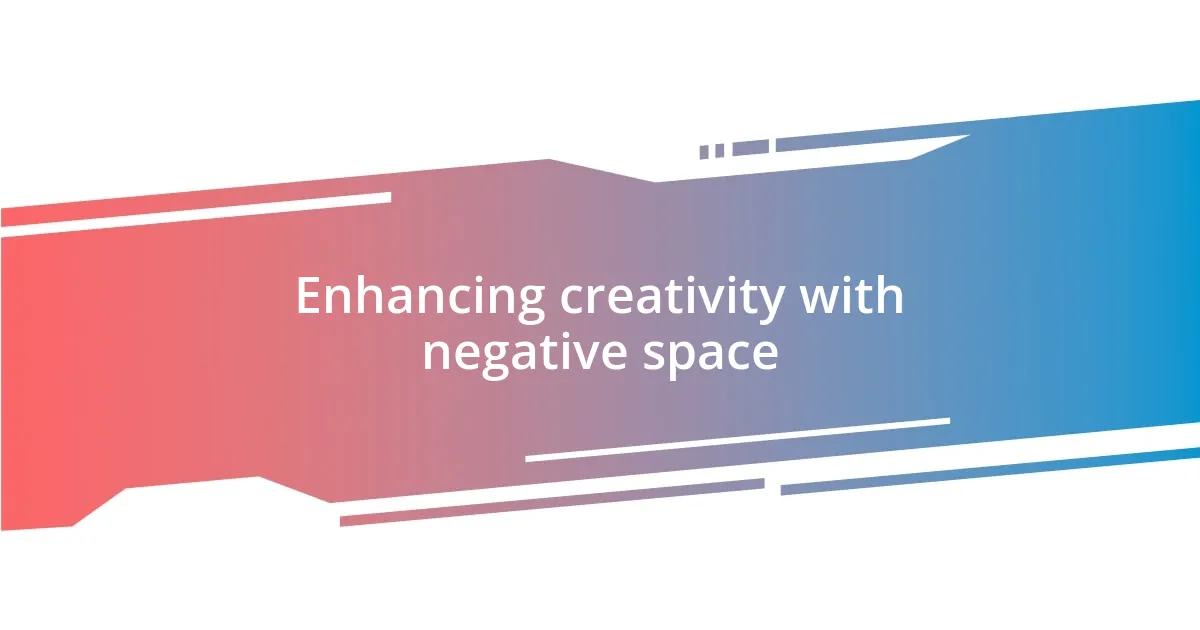
Enhancing creativity with negative space
In my artistic journey, I’ve discovered that negative space can act like a breath of fresh air in a crowded room. I once attended an exhibit featuring abstract paintings where the artist cleverly used vast stretches of empty canvas to create a dialogue between the colors. I found myself standing in front of a piece that had a splash of bold red surrounded by a sea of white, and it struck me how that emptiness amplified the emotion of the colors. Doesn’t it feel liberating when there’s space to just be?
Reflecting on my creative projects, I often realize that a little negative space can evoke deep feelings and stories. I once worked on an illustration for a children’s book, where I intentionally included large areas of white around whimsical characters. This approach didn’t just enhance clarity—it invited young readers to immerse themselves in imagination, transforming a simple picture into an adventure of possibilities. Can you see how such space sparks curiosity and connection?
Moreover, while teaching a workshop on creativity, I encouraged students to let go of their urge to fill every inch of their canvas. One student created a piece with an expansive blue void that highlighted a single orange circle. It was remarkable to witness how that intentional simplicity allowed viewers to engage with the work on a deeper level, pondering what the circle represented. Have you ever thought about how the space around your ideas can actually enhance their meaning? It’s fascinating how moments of silence in creativity can be so profound.

